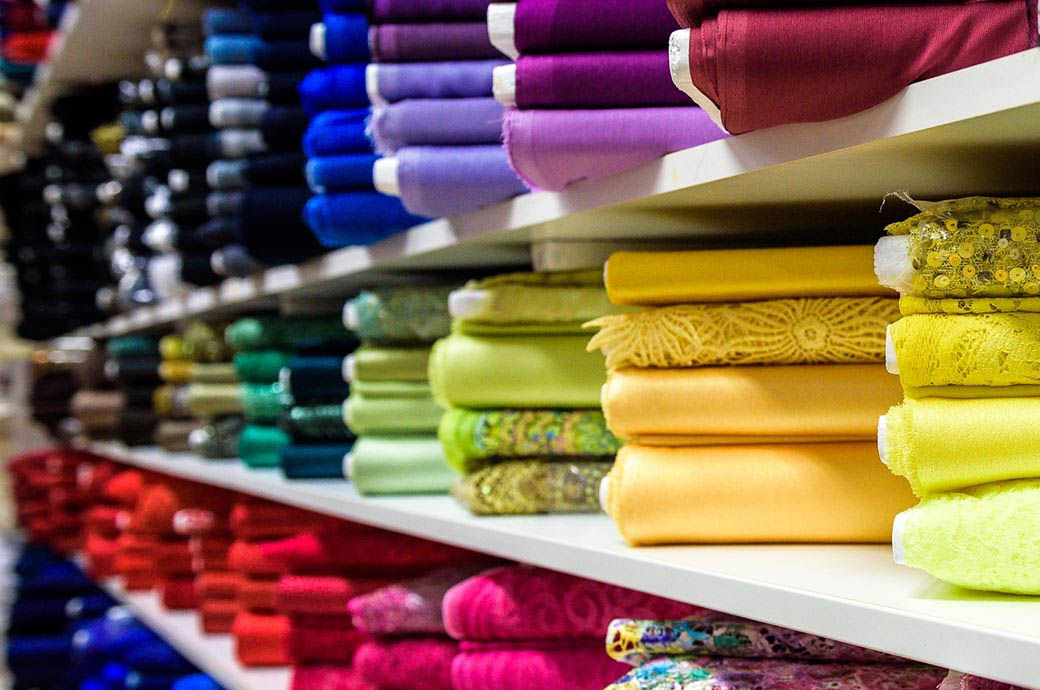
DyStar continues to adopt the Integrated Reporting framework to communicate how the group has successfully created tangible value across multiple stakeholder groups in six major capitals. The company has inched itself closer to some of its 2025 target of reducing its environmental footprint by 30 per cent for every ton of product, from 2011 levels. While on others, the company is working diligently to make more improvements.
Some key highlights for FY21 include zero workplace fatalities, high-consequence injuries, and work-related ill health; 40 per cent reduction in Greenhouse gas (GHG) emission intensity, compared to 2011; and 37 per cent decrease in wastewater emission intensity, compared to 2011.
“As a leading specialty chemical manufacturer and producer, DyStar will continue to invest responsibly into product innovation and diversify into renewable energy, to drive sustainable outcomes across our value chain and industries,” Xu Yalin, executive board director of DyStar Group, said.
“We remain cautiously optimistic about the company’s financial and environmental performance. The integrated value creation model that we began in 2020 has proven to be effective and will continue to support our efforts toward DyStar’s 2025 Sustainability Master Plan,” Eric Hopmann, CEO of DyStar Group, said.
The group was able to remain resilient and steer itself toward optimistic growth and recovery from the global pandemic in FY2021. In face of recent geopolitical events and macroeconomic factors such as soaring energy costs, DyStar and the wider supply chain will continue to face challenges. As a result, DyStar believes it is crucial to stay committed to its 2025 sustainability goals to continue generating value for all of its stakeholders in the longer term, well beyond these turbulent times, the company said in a press release.
Fibre2Fashion News Desk (RR)